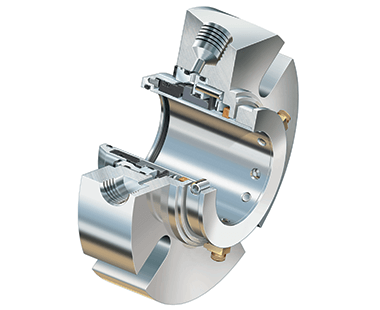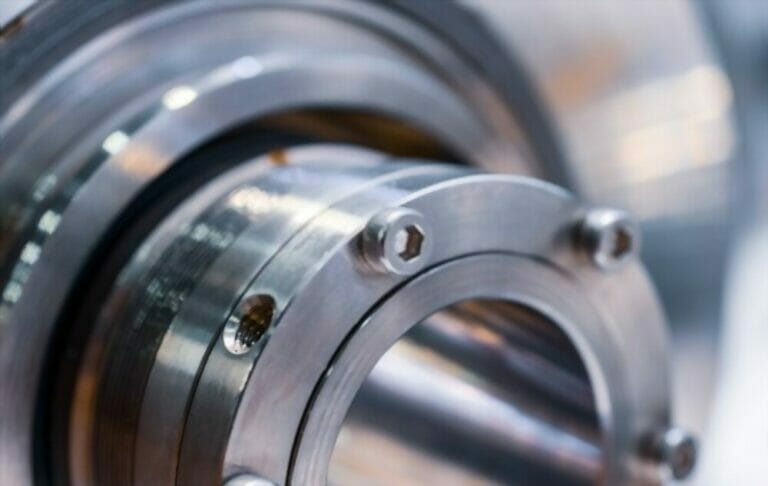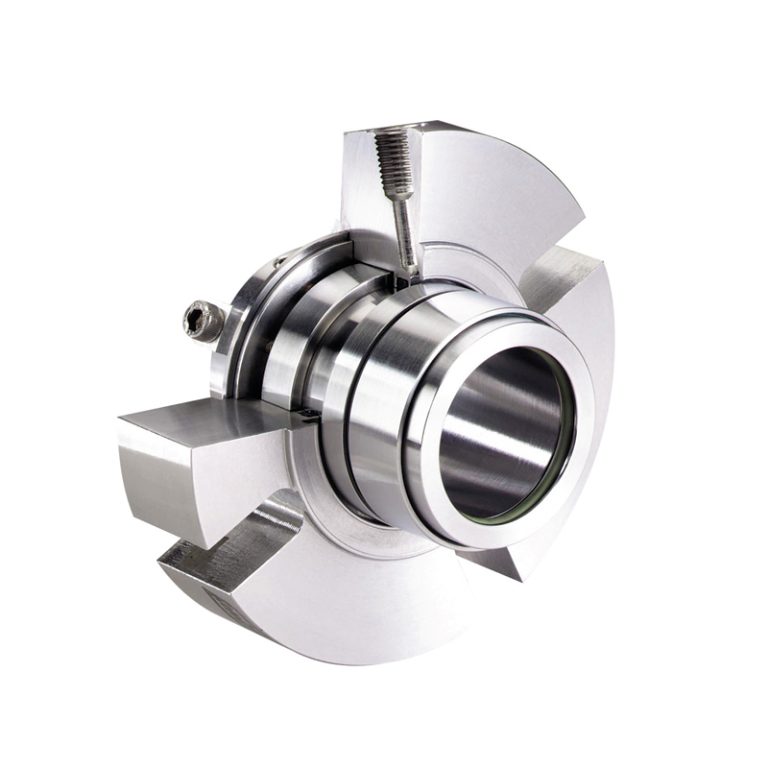Different Methods of Priming Your Centrifugal Pump
What is Priming, and Why is it Important?
Priming in terms of a centrifugal pump refers to the process of filling the pump with liquid before it starts operating. This action is crucial because centrifugal pumps cannot pump air or gases due to their working principle. In essence, priming plays an instrumental role in creating an initial amount of suction, displacing air present in order to allow the centrifugal force to function properly.
Without priming, your centrifugal pump may experience cavitation—a scenario where gas bubbles form within the liquid because the pressure has fallen below the liquid’s vapor pressure. Cavitation can lead to significant damage, diminishing performance levels and worse, causing abrasion damage or complete failure of your pump.
By prioritizing sufficient and correct priming, you effectively protect your equipment from unnecessary wear and tear while assuring optimal functioning. Therefore, understanding how to prime your pump correctly is a key element in maintaining its efficacy and longevity.
In conclusion, priming isn’t merely an optional step during a centrifugal pump’s installation; it’s an indispensable procedure that ensures effective operation and durability of your equipment over time. Consider priming as an investment into preserving efficiency levels for years — preventing costly repairs caused by cavitation.
Different Methods of Priming Your Centrifugal Pump
Priming is a critical procedure in the functionality of a centrifugal pump, and it can be achieved by various methods. Priming essentially involves filling the pump and suction pipe with liquid to dislodge any air inside the system, which, if not removed, could thwart the pump’s ability to function properly.
One common method of priming is known as manual priming. In this method, you physically pour the liquid into the pump until all the trapped air has been expelled. This task requires caution due to potential safety hazards, such as contact with hazardous substances or exposure to pressurized systems.
Another widely used approach is self-priming, where the pump utilizes an inbuilt water-recycling feature to rid itself of any trapped air automatically. This is typically seen in self-priming centrifugal pumps that have a water reservoir incorporated within their structure.
A third option is using a vacuum priming system. Here, an attached vacuum device helps eliminate any trapped air from the pump and piping system. Though slightly more complicated than manual or self-priming methods, vacuum primers are efficient at creating a desirable condition for pumping action.
Lastly, we have pressure priming, where compressed air or gas is employed to drive fluid through the piping system into your centrifugal pump – thereby effectively clearing it of unnecessary air traps.
Remember! Which method you employ largely depends on your specific model’s specifications and guidelines. Whichever one you choose should ensure that your centrifripetal pump remains efficient and reliable throughout its operational period.



